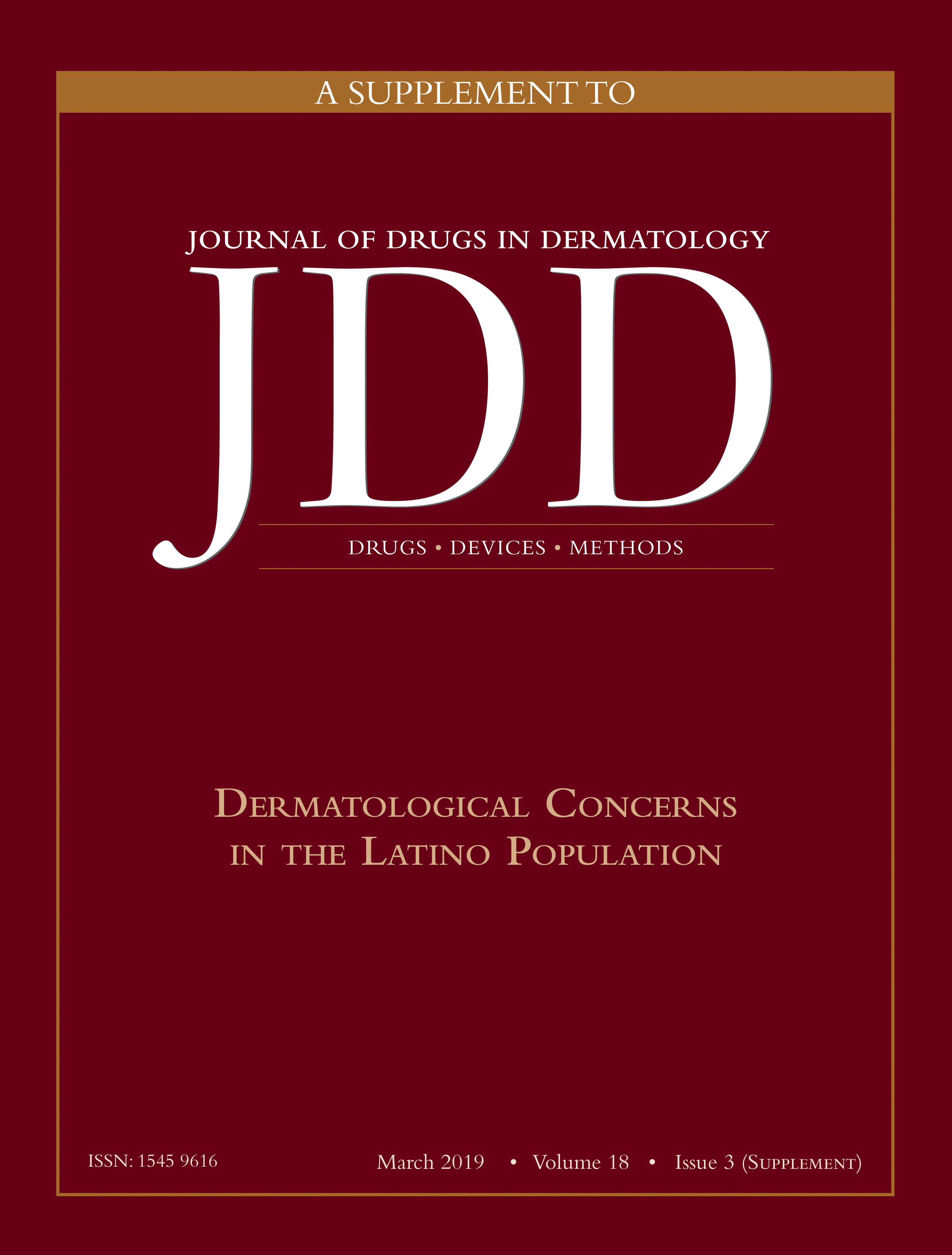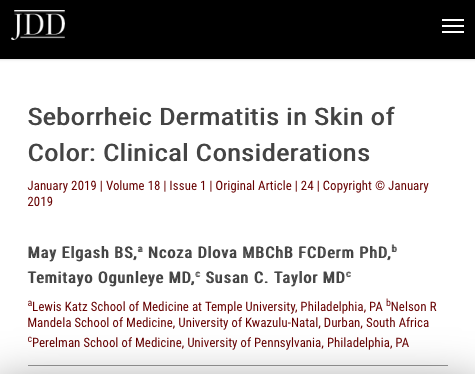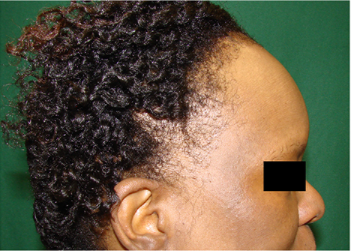
Source: J Drugs Dermatol. 2019;18(3 Suppl):s112-114.
Marta I. Rendon MD
The Journal of Drugs in Dermatology (JDD) published a supplement on the dermatological concerns in the Latino population authored by Marta I. Rendon, MD.
The Latino, or Hispanics in the United States, are the drivers behind demographic growth. They are heterogeneous in many dimensions related to health risks and dermatological conditions. Understanding the heterogeneity and clinical manifestation of skin concerns in such population is essential for health care providers. At the annual meeting of the American Academy of Dermatology in 2018, Dr. Rendon chaired a special symposium titled “Skin Issues in Latino Patients”, with the objective of training clinical practitioners how to better provide care and education to our diverse patients.
Click “Download Original Article” here.
- Introduction: Dermatological Concerns in the Latino Population Marta I. Rendon MD
- Hyperpigmentation Disorders in Hispanic Population in the United States Marta I. Rendon MD
- Disorders of Hypopigmentation Yemisi Dina BS, Jacqueline McKesey MD MS, Amit G. Pandya MD
- Skin Cancer in Hispanics in the United States Maritza I. Perez MD
- Photoaging and Photoprotection in United States Hispanic Population Qian Zheng MD PhD, Janet Wangari-Talbot PhD, Charbel Bouez PhD, and Michele Verschoore MD
- Acne and Rosacea: Special Considerations in the Treatment of Patients With Latin American Ancestry Mercedes Florez-White MD
- Cosmetic Laser Procedures in Latin Skin Sheila Jalalat MD, Eduardo Weiss MD


